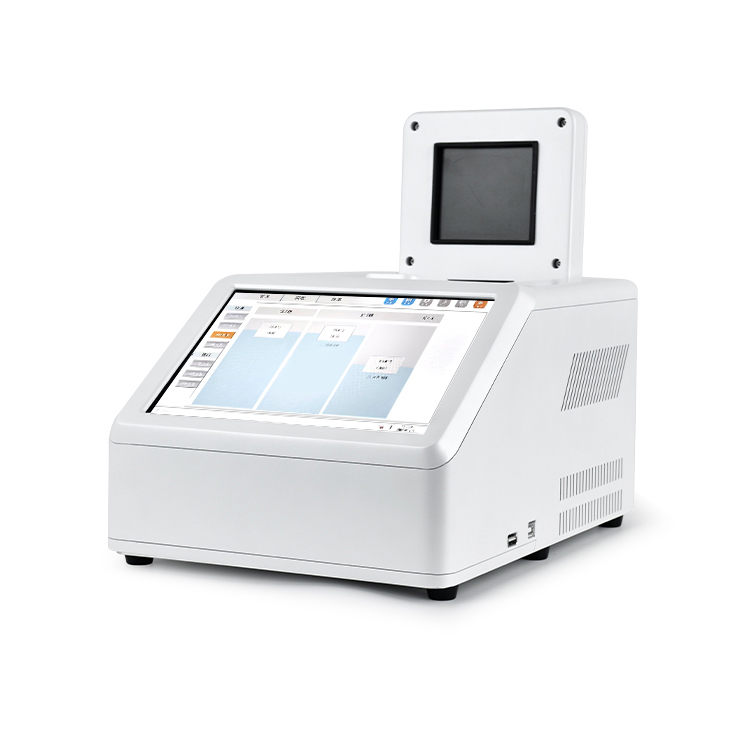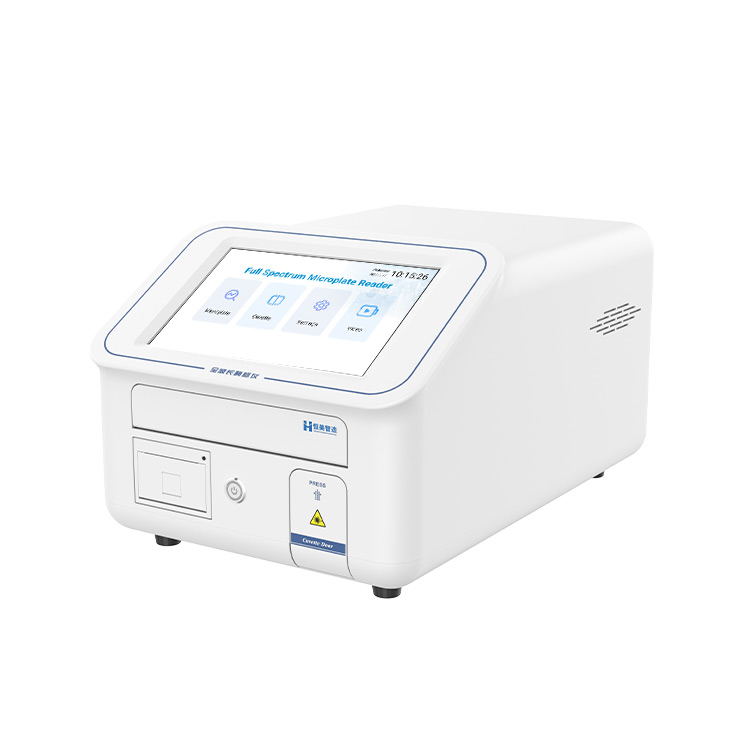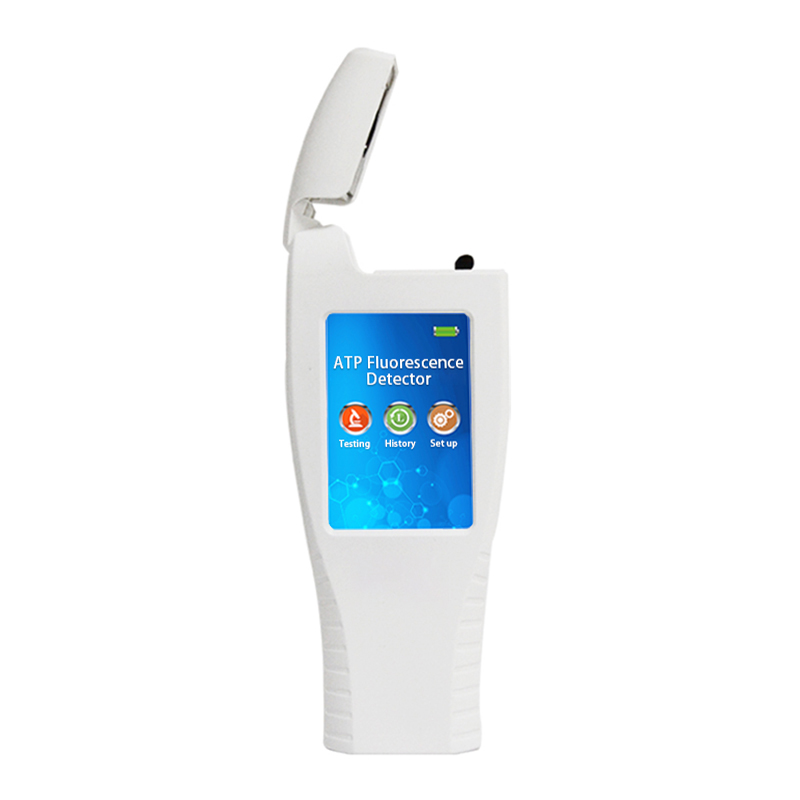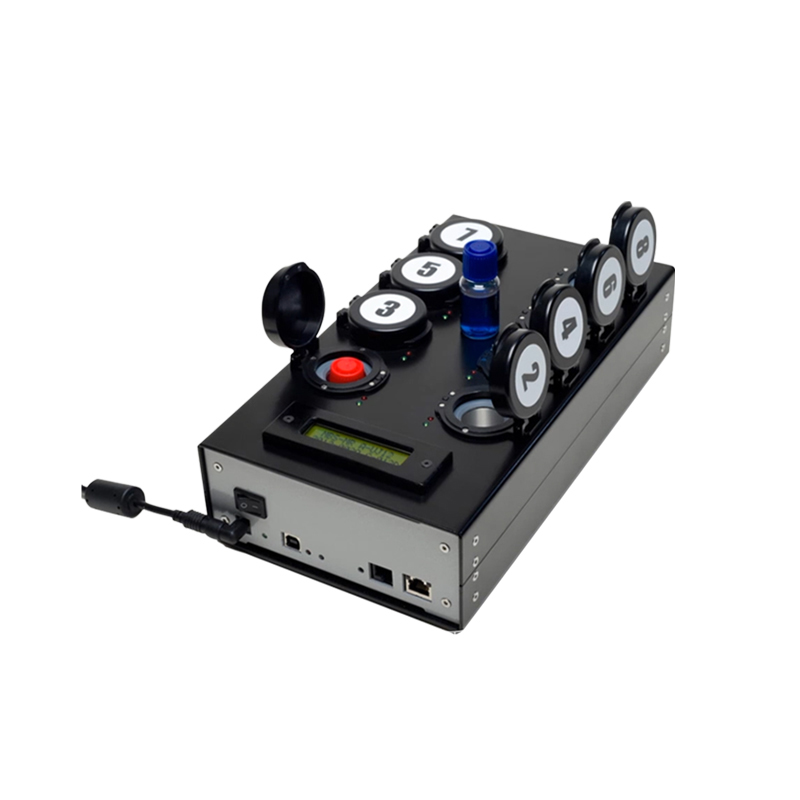Traditional meat identification methods such as sensory evaluation and physicochemical analysis are no longer able to meet modern detection needs, while DNA based meat origin analyzer provide a scientifically reliable solution. This article will delve into the technical principles, core advantages, application scenarios, and industry value of meat origin analyzer, providing comprehensive technical references for relevant practitioners.

Working principle of meat origin analyzer
The core technology of meat source detection instrument is real-time fluorescence quantitative PCR (qPCR), and its detection process is as follows:
1. Sample preparation
Take a small amount of meat samples (such as minced meat and meat products) and homogenize them.
Use DNA extraction kit to extract target DNA and ensure sample purity.
2. PCR amplification
Mix the extracted DNA with specific primers and fluorescent probes and place them in a PCR reaction tube.
The instrument amplifies the target DNA fragment through thermal cycling (denaturation, annealing, extension).
3. Real time fluorescence detection
During the amplification process, the fluorescent probe binds to the target DNA and releases a fluorescent signal.
The instrument monitors fluorescence intensity in real-time, generates amplification curves, and determines the presence of target DNA.
4. Data analysis
Analyze fluorescence signals through software to determine meat components (such as beef, pork, lamb, etc.).
Multiple samples can be tested simultaneously to improve detection efficiency.
Technical advantages of meat origin analyzer
Meat source detection equipment has become an ideal choice in the field of food testing due to its high sensitivity, high specificity, and rapid detection. Its core advantages include:
1. High performance hardware design
Fast temperature rise and fall: Using customized Peltier modules from MARLOW in the United States, the temperature change rate reaches 7 ℃/s, shortening the detection time.
Long life light source: Maintenance free LED light source, avoiding frequent replacement and reducing usage costs.
Low signal interference: Independent fluorescent channel design reduces crosstalk and improves detection accuracy.
2. Intelligent software system
10 inch touch screen control, easy to operate, supports quantitative analysis, melting curve analysis, gene typing and other functions.
Lifetime free upgrade to meet the needs of different industries, such as food safety, scientific research, customs inspection, etc.
3. Portability and stability
Small in size and lightweight, suitable for various scenarios such as laboratory testing, market sampling, and on-site enterprise inspections.
Support 0.2mL PCR single tube, eight tube, and 16 channel detection to meet different volume requirements.
Application areas of meat origin analyzer
Meat source detection equipment is widely used in the following scenarios:
Market regulation: cracking down on meat adulteration, such as "duck meat impersonating beef" and "pork impersonating lamb", etc
Food enterprises: raw material acceptance, production process monitoring, ensuring product authenticity
Research institutions: meat traceability, genetic research, food safety standard formulation
Customs quarantine: Import meat ingredient testing to prevent illegal meat from entering the market
Catering industry: Ensure food compliance and avoid food safety accidents
Industry pain points and solutions
1. Industry pain points
Long detection cycle: Traditional methods such as ELISA and sequencing require several hours or even days.
Complex operation: Some devices rely on professionals and are difficult to popularize.
False positive/false negative risk: Low sensitivity equipment can easily lead to misjudgment.
2. Solution for meat source detection instrument
Quick detection: Results can be obtained within 30-60 minutes to improve detection efficiency.
Automated analysis: Software automatically interprets and reduces human error.
High accuracy: Fluorescence quantitative PCR technology with a detection limit as low as 0.1%.
As an important representative of modern food detection technology, the meat origin analyzer solves the problem of identifying meat adulteration that traditional methods cannot cope with through molecular biology methods. Its core technology, real-time fluorescence quantitative PCR, has significant advantages such as strong specificity, high sensitivity, and wide applicability. With continuously optimized hardware design and intelligent analysis software, it has become an important quality control tool in various links of the food industry chain.
Article address:https://www.molecularbio.cn/news/52.html













